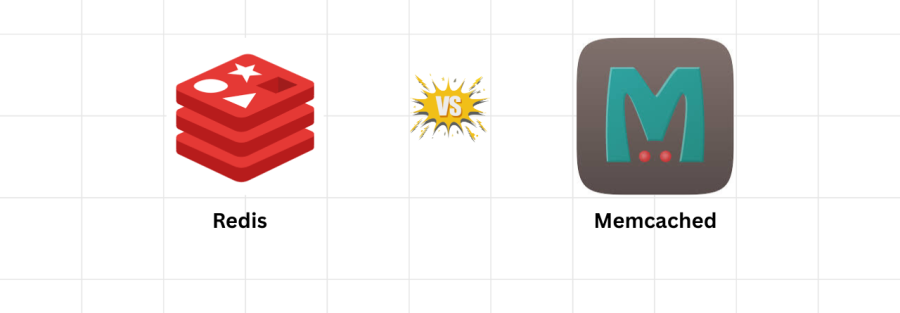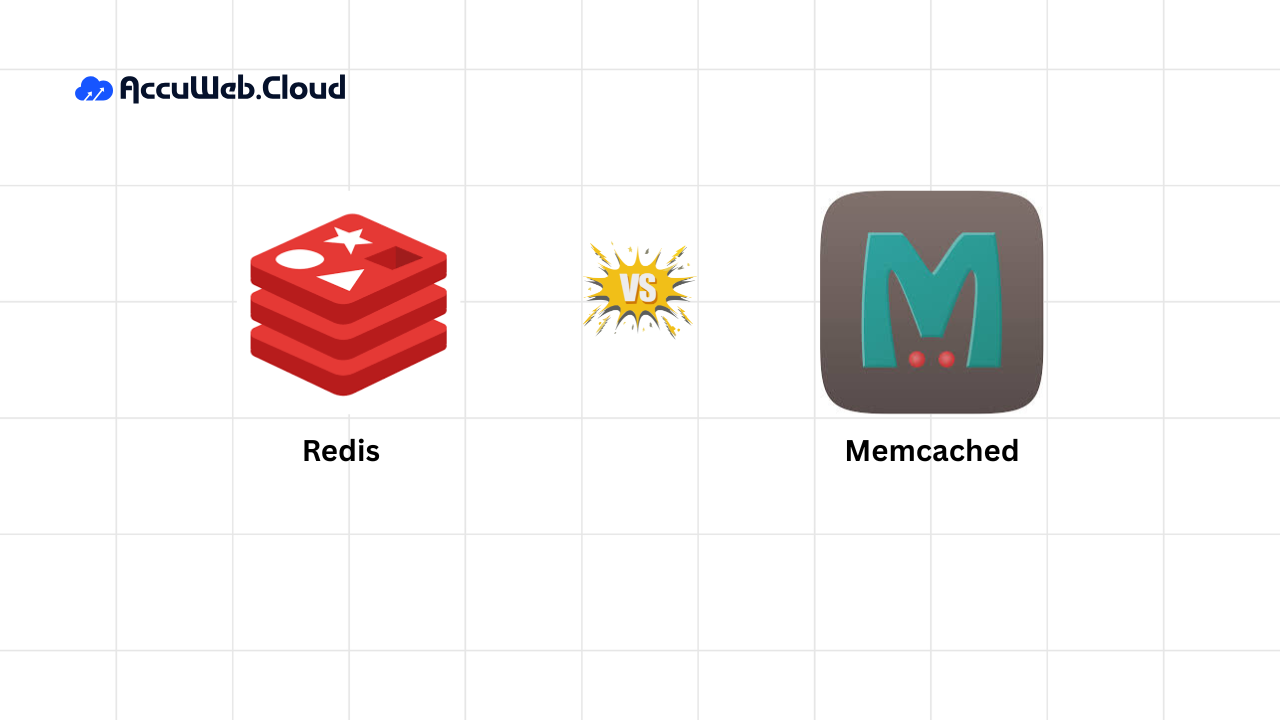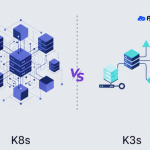Comparative Analysis of Redis vs Memcached
Caching is frequently the initial strategy employed to boost performance, and Redis and Memcached stand out as popular choices. These two in-memory data storage systems are instrumental in enhancing the performance and scalability of applications.
Developed in 2009 by Salvatore SanfilippoRedis, Redis stands for “Remote Dictionary Server,” while Memcached was created in 2003 by Brad Fitzpatrick.
In this blog post, we’ll provide the comparative analysis of Redis and Memcached, exploring their features, use cases, performance, and key differences.
Overview of Redis
Redis, developed in C language, is an open-source advanced key-value store caching application that supports a variety of data structures, making it more than just a caching tool. Strings, hashes, lists, sets, and sorted sets are among the data structures it handles. Additionally, Redis provides both in-memory and persistent storage options, offering a comprehensive solution for diverse of use cases. It can also function as a messaging system, serving the purpose of a pub/sub (publish/subscribe) mechanism. Often referred to as a “Data Structure Server,” Redis does not support schema RDBMS, SQL, or ACID transactions. It excels in providing high performance, persistence, and ease of use.
Overview of Memcached
Memcached is a free-to-use, powerful system for caching objects in computer memory. People often use it to speed up the websites, especially when there’s a lot of information coming from the database. The main idea behind Memcached is to be a speedy and effective way to cache data, helping websites or apps get information from a database more quickly. Memcached stores data in the computer’s memory (RAM), making it super quick to access. This is great for applications that have to handle a lot of data and need to get it fast; it is like having a fast and efficient assistant that helps a website or app perform better by storing and retrieving data in a snap.
Use Cases
Redis is suitable for use cases requiring advanced data structures, persistence, and real-time features such as pub/sub messaging. It is often chosen for applications demanding a large set of functionalities. Memcached is favored for its simplicity and speed, making it a good choice for scenarios where quick and straightforward caching is the primary requirement.
Check the quick use-cases comparison table below:
| Redis Use Cases | Memcached Use Cases |
|---|---|
| Session caching | Page caching |
| Full-page caching | Database query result caching |
| Leaderboards and counting systems | Session storage |
| Pub/Sub messaging | Object caching |
| Real-time analytics | API Response Caching |
Comparative Analysis Redis and Memcached
Redis and Memcached are high-performance caching solutions when it comes to comparing the performance, but they have some differences that can impact their suitability for specific use cases. Let’s explore the performance aspects of Redis and Memcached:
Data Structures
Redis supports a wide range of complex data structures, including strings, hashes, lists, sets, and sorted sets; due to this flexibility allows for more versatile use cases beyond simple key-value storage.
Memcached primarily operates with a simple key-value data model, offering less variety in terms of supported data structures.
Persistence
Redis provides options for both in-memory storage and persistent storage on disk, making it suitable for use cases where data persistence is essential.
Memcached is designed as an in-memory caching system without built-in persistence; it relies on recomputing data in case of a cache miss.
Read and Write Operations
Redis generally outperforms Memcached in terms of read and write operations due to its optimized algorithms and support for more complex data structures. However, Memcached is fast but might be slightly less efficient than Redis in scenarios involving complex data structures.
Scalability
Both Redis and Memcached are horizontally scalable, allowing for the addition of nodes to handle increasing workloads. However, Redis may handle complex data structures more efficiently, contributing to better scalability in certain situations.
Memcached is known for its simplicity and scalability, making it suitable for scenarios where a straightforward key-value caching model meets the requirements.
Community and Ecosystem
Redis has a robust community and a large ecosystem with various client libraries and tools, contributing to its popularity. Memcached also boasts of solid community support, although it may not be as extensive as Redis’s ecosystem.
Difference Between Redis and Memcached
| REDIS | MEMCACHED |
|---|---|
| Redis was introduced to the public in 2009 | Memcached was released in 2003. |
| Using a single-core architecture, Redis manages concurrent tasks differently than other systems. | Memcached stands out by utilizing multiple cores to the ability to handle concurrent operations efficiently. |
| In Redis, the maximum key length is an impressive 2GB, allowing for substantial flexibility in handling key-value pairs. | In Memcached, the maximum key length is restricted to 250 bytes. |
| One of Redis’ strengths is in its straightforward and user-friendly installation process, making it accessible to a wide range of users. | Memcached installation may be relatively complex, requiring more careful consideration during setup when compared to Redis. |
| While Redis may exhibit slightly slower read and write speeds compared to Memcached. | One of Memcached’s notable strengths lies in its high-speed read and write operations. |
| Redis supports a variety of data structures, including lists, strings, hashes, sorted sets, and bitmaps. | Memcached, in its simplicity, employs only string and integer data structures. |
| Redis incorporates persistent data storage allowing data to be retained even in the event of system restarts or failures. | Memcached typically does not utilize persistent data storage, aligning with its primary purpose as an in-memory cache. |
| Redis extends beyond its primary role as a key-value store, offering additional database models, including Document Store, Graph DBMS, Search Engine, and Time Series DBMS. | Memcached does not extend its functionality to include secondary database models, maintaining a focus on its core role as a caching system. |
Conclusion
Your choice between Redis and Memcached depends on the specific needs of your application. If you require advanced data structures, persistence, and a large set of features, Redis might be more suitable. On the other hand, if you are looking for simple caching needs with a focus on speed, Memcached remains a solid choice. Each option has its strengths, and the decision should align with the particular requirements and goals of your project.
If you’re looking for a reliable and efficient Redis- managed cloud hosting service, look no further than AccuWeb.Cloud. Register today and experience the benefits of seamless cloud hosting with state-of-the-art infrastructure. With our platform, you can expect lightning-fast speeds, unparalleled uptime, and round-the-clock support.

Jilesh Patadiya, the visionary Founder and Chief Technology Officer (CTO) behind AccuWeb.Cloud. Founder & CTO at AccuWebHosting.com. He shares his web hosting insights on the AccuWeb.Cloud blog. He mostly writes on the latest web hosting trends, WordPress, storage technologies, and Windows and Linux hosting platforms.








